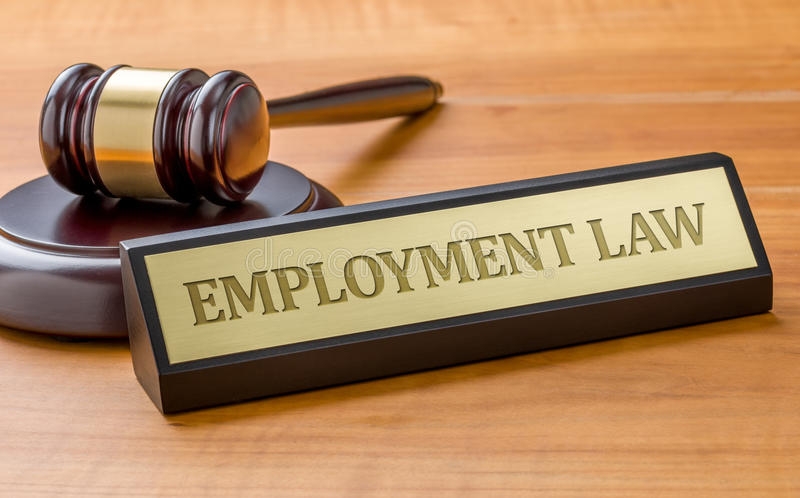Equal pay for equal work has come a long way. But has it come far enough? Just over 100 years ago, British women celebrated the first steps towards full, female enfranchisement. However, despite this momentous political shift, the economic realities faced by most British women have proven far more resistant to change.
So resistant to change, that the gender pay gap for full-time workers still stands at 9.1%. This astounding economic discrimination is one of the principal reasons International Women’s Day on the 8th March is so important.
As well as celebrating the achievements of women worldwide, it provides us with an opportunity to reflect on the fact that the fight for true equality is far from over.
Equal Pay for Equal work - a Timeline


Early strikes
From the moment women began working in factories, workshops, and workplaces across the country, strikes have been an important weapon in the struggle for economic equality.
While it was no means the first strike of its kind, the 1918 tram workers strike was notable for both its success and for following hot on the heels of the Representation of the People Act. Sparked by the Committee of Production's refusal to grant female employees the same five-shilling increase to their war bonus that male counterparts enjoyed, the wildcat action originated in Uxbridge and Shepherds Bush but spread quickly to other parts of the capital.
The strike resulted in the receipt of the backdated increase to the bonus and also emphasised the fact that the political concessions made earlier in the year did not mean the suffragette movement’s fight was not over.
An era of political (not economic) change
Over the next 50-years, women continued to fight for pay equality. In 1928, the vote was extended to all women over the age of 21. This put them on an equal footing with British males – though men had been granted this right a decade earlier.
Though there were some changes to the legislation permitting pay discrimination during this time, many weren’t fully enforced. Instead, women’s economic status remained relatively unchanged until another strike – 50 years later – captured the public imagination.
The Ford strikes
Against the background of drastic societal change that permeated the 1960s, the Ford machinists’ strike in Dagenham heralded a new era in the gender struggle.
Industrial action began when the 850 female employees responsible for sewing car seat covers in the Ford factory had their work downgraded from a “skilled production job” to a “semi-skilled production job.” The ensuing strike soon spread to other Ford plants and halted vehicle production.
After three years of workplace activism, the Equal Pay Act was introduced in 1970. It aimed to ensure that businesses paid the same wage to employees doing the same work, no matter their gender.
However, it wasn’t until 1975 that the Equal Pay Act came into full effect and, even then, many businesses found ways around the legislation and continued to pay their female employees less than male counterparts.
In fact, movement towards pay equality had stagnated to such an extent that female machinists went out on strike again in 1984. Following six weeks of industrial action, Ford finally agreed to re-grade female employees, bringing them back up to the same pay grade as male employees.
The modern era - Equal pay for equal work?
While the
Equal Pay Act should have been the moment economic equality became a reality, the fight against the gender pay gap remains relevant and necessary to this day. Though various legal loopholes that allowed gender discrimination to continue unpunished have been closed, there have also been steps backwards – most notably the introduction of legal fees for tribunals.
If anything, 2018 – the centenary of the first female voters – highlighted just how far we have to go. In the age of #MeToo, the BBC pay gap revelations, and continued gender inequality, International Women’s Day seems more important than ever.
Have a question about equal pay for equal work or gender pay gap reporting? Ask our expert team





